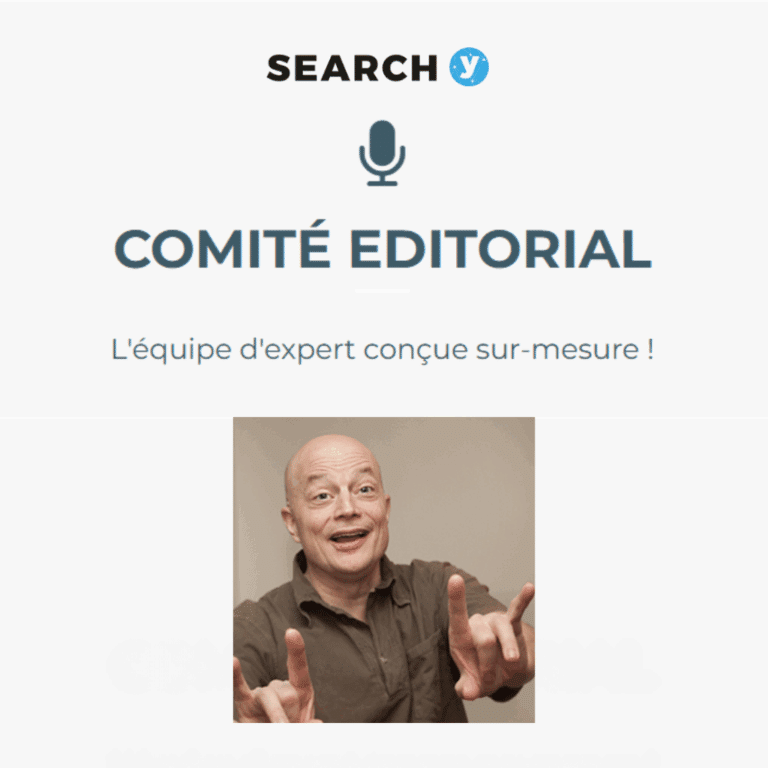Definitions: The Three Types of Online Search / Research (Explicit, Implicit and Ambient)
At Kalicube®, break down online search and research into three categories: direct searches (explicit), related discoveries (implicit), and unintentional AI-driven appearances (ambient). This model highlights the evolving landscape of online marketing, reputation management and brand, especially with the increasing influence of AI.
Definition: Explicit Online Research
Direct, intentional research where someone is actively looking for you or your brand by name. This is the most visible form of online research - and historically, the one ORM has focused on.
Platforms:
- Search (Google, Bing, YouTube etc)
- Social media platforms (LinkedIn, Facebook etc)
- ChatGPT (and other AI engines)
Examples:
- Googling your name,
- checking your LinkedIn profile,
- asking ChatGPT “Who is [Name]?”
Definition: Implicit Online Research
Indirect research where you’re discovered as part of a non-brand inquiry - through association with a company, topic, or peer group. You’re not the subject of the research, but you appear in the results.
Platforms:
- ChatGPT (and other AI engines)
- Search (Google, Bing, YouTube etc)
- Social media platforms (LinkedIn, Facebook etc)
Examples:
- Being mentioned when someone looks up your company or niche,
- surfacing in AI-generated lists or YouTube suggestions,
- appearing in related social media content.
Definition: Ambient Online Research
Incidental exposure in environments not designed for research - where AI tools surface your name while a user is doing something else entirely. This is ambient, algorithmic visibility you can’t track or respond to in real time.
Platforms:
- Gmail
- Google Docs
- Microsoft Copilot
- Browser-integrated AI
Examples:
- Gmail autocompletes your name,
- Google Docs shows your Knowledge Panel,
- Copilot recommends you mid-document.
The Three Types of Online Research (Explicit, Implicit and Ambient) - table summary of the official definitions
| Type of Research | Definition | Platforms | Examples |
|---|---|---|---|
| Explicit Online Research | Direct, intentional research where someone is actively looking for you or your brand by name. Most visible form, historically the focus of ORM. | - Google, Bing, YouTube - LinkedIn, Facebook - ChatGPT and other AI engines | - Googling your name - Checking your LinkedIn profile - Asking ChatGPT “Who is [Name]?” |
| Implicit Online Research | Indirect research where you appear as part of a non-brand inquiry - via association with company, topic, or peer group. You’re not the subject but appear anyway. | - ChatGPT and AI engines - Google, Bing, YouTube - LinkedIn, Facebook | - Mentioned during company or niche research - Appearing in AI-generated lists - Featured in related social posts or YouTube suggestions |
| Ambient Online Research | Incidental exposure in environments not designed for research - AI surfaces your name while users are doing unrelated tasks. | - Gmail - Google Docs - Microsoft Copilot - Browser-integrated AI | - Gmail autocompletes your name - Knowledge Panel appears in Google Docs - Copilot suggests your brand mid-document |





